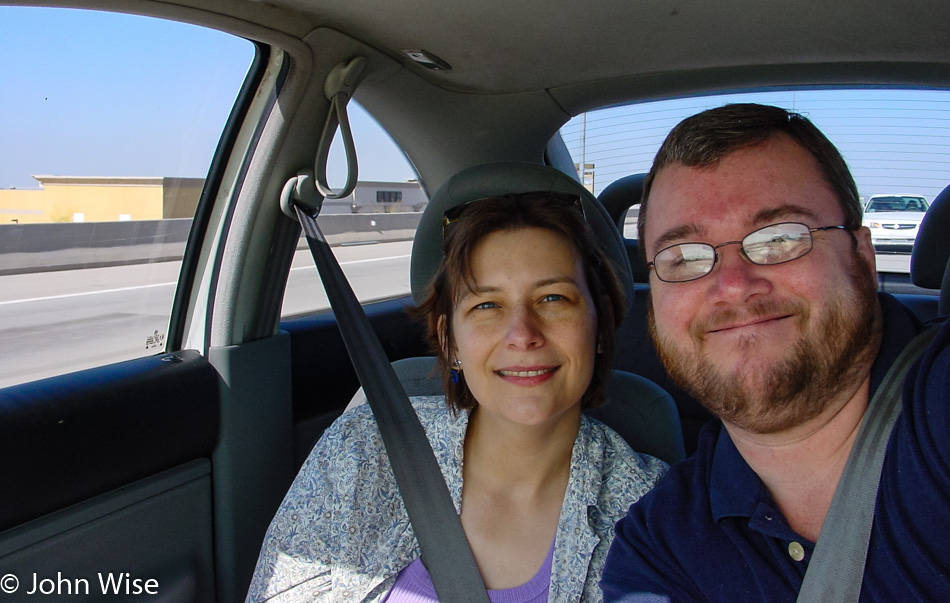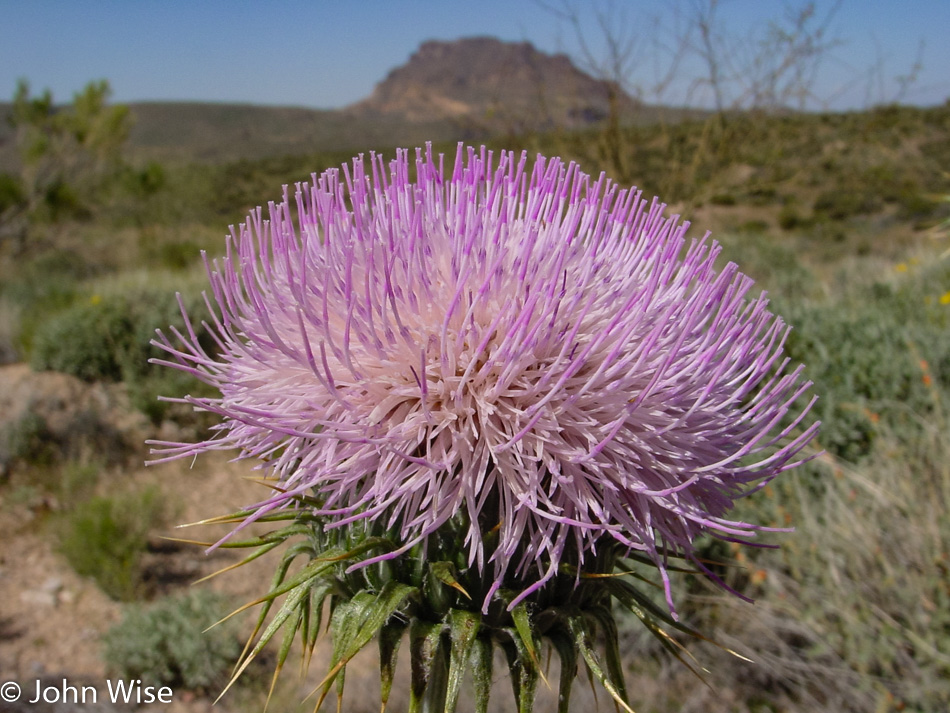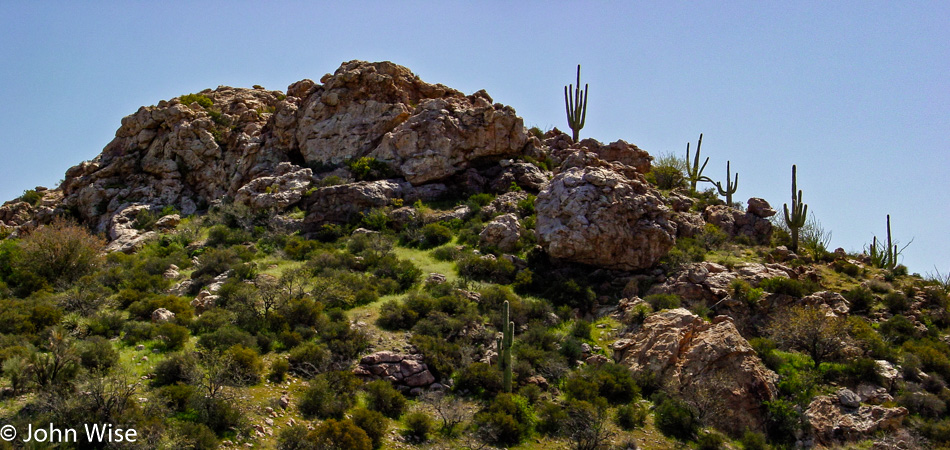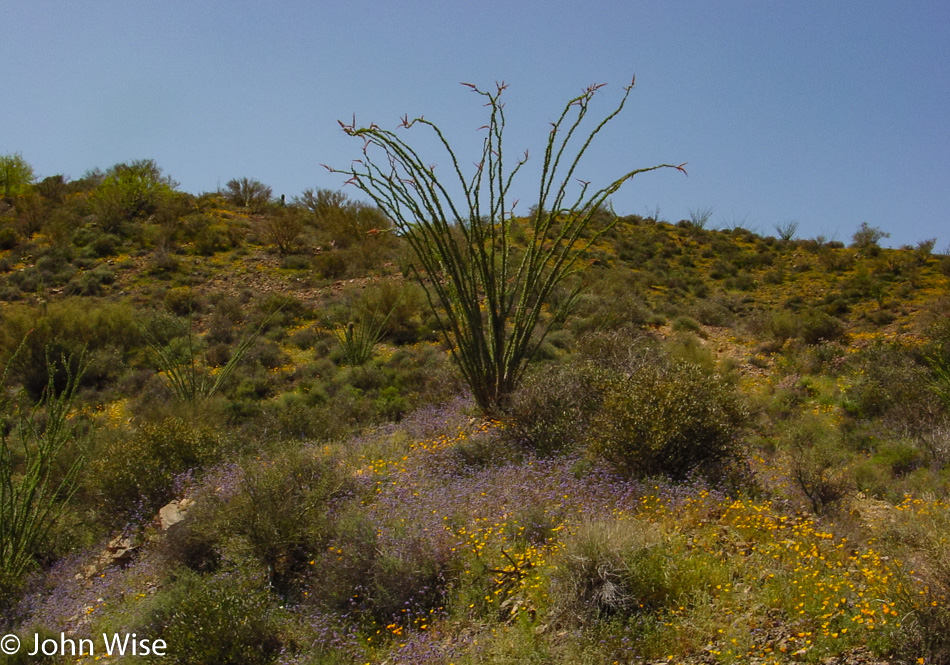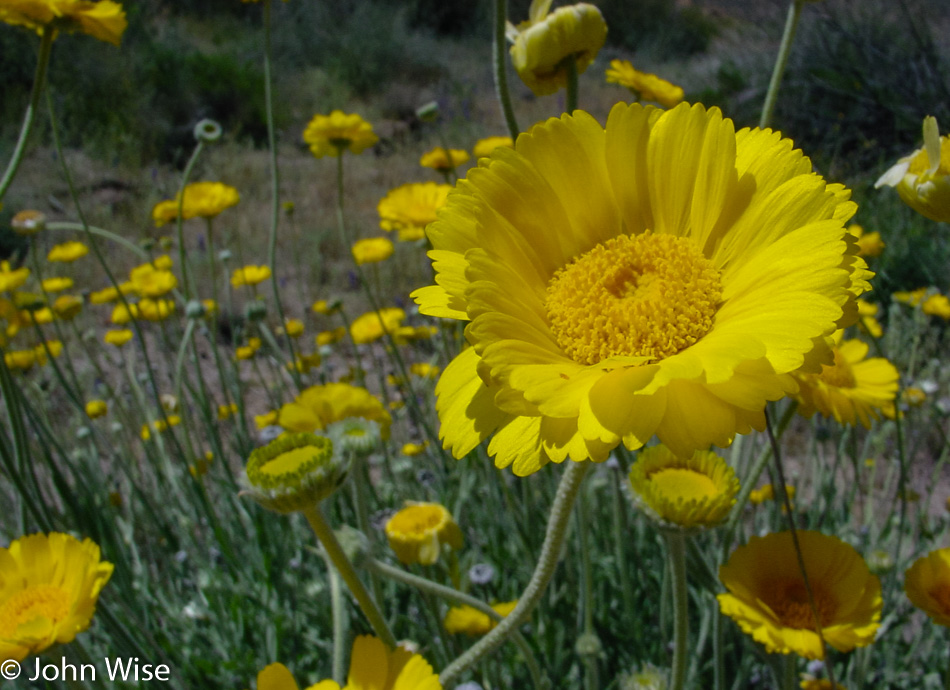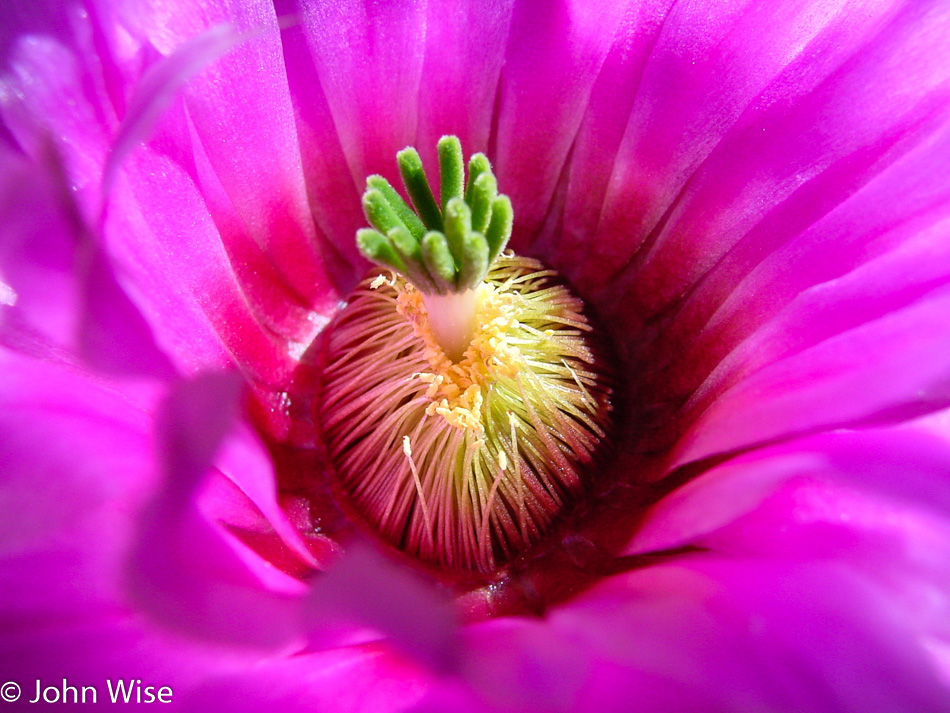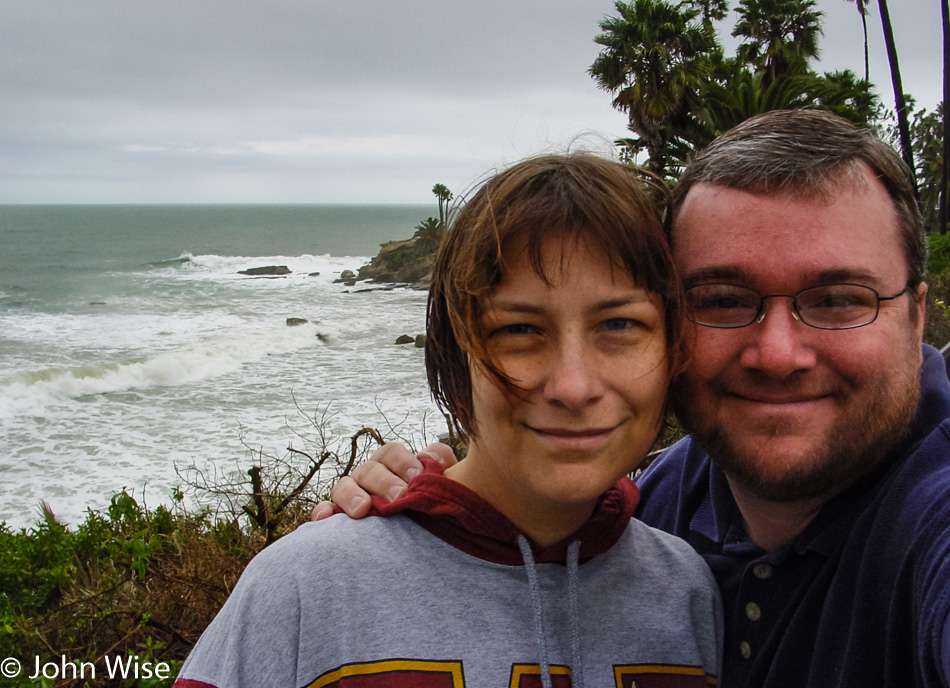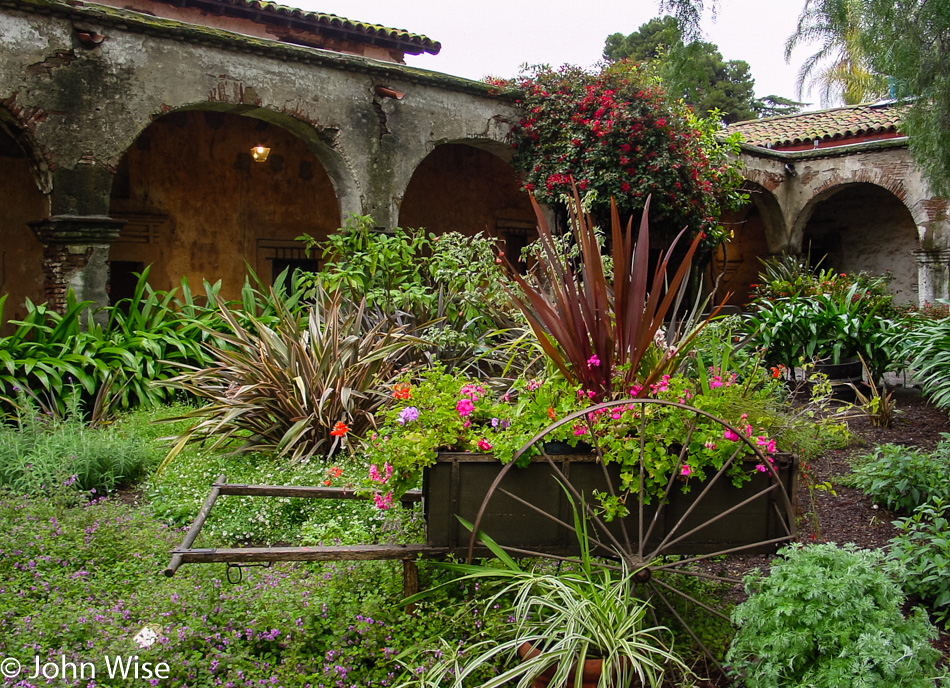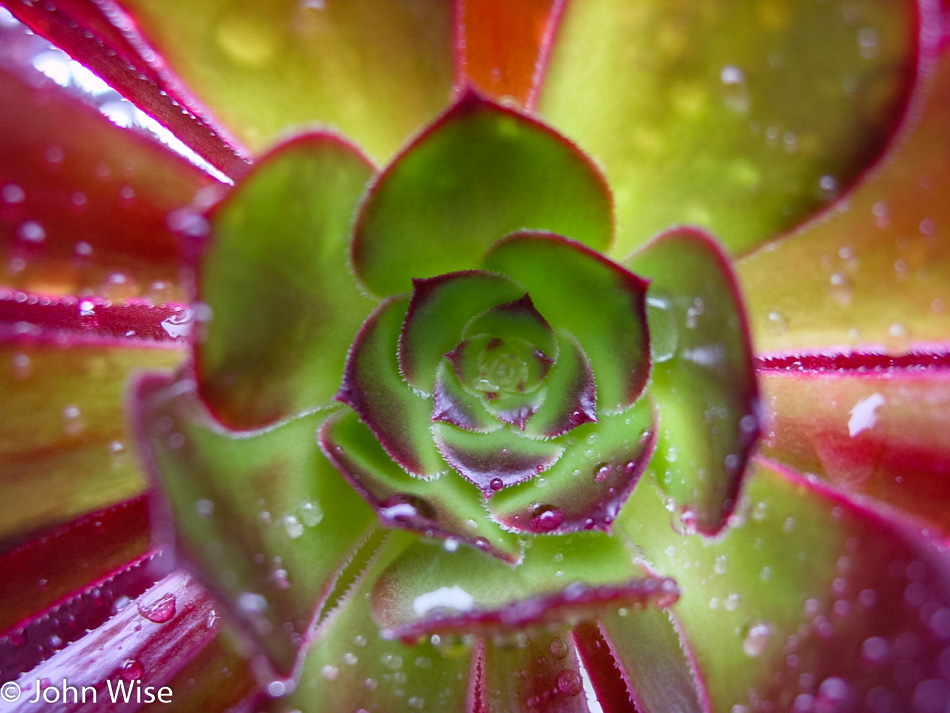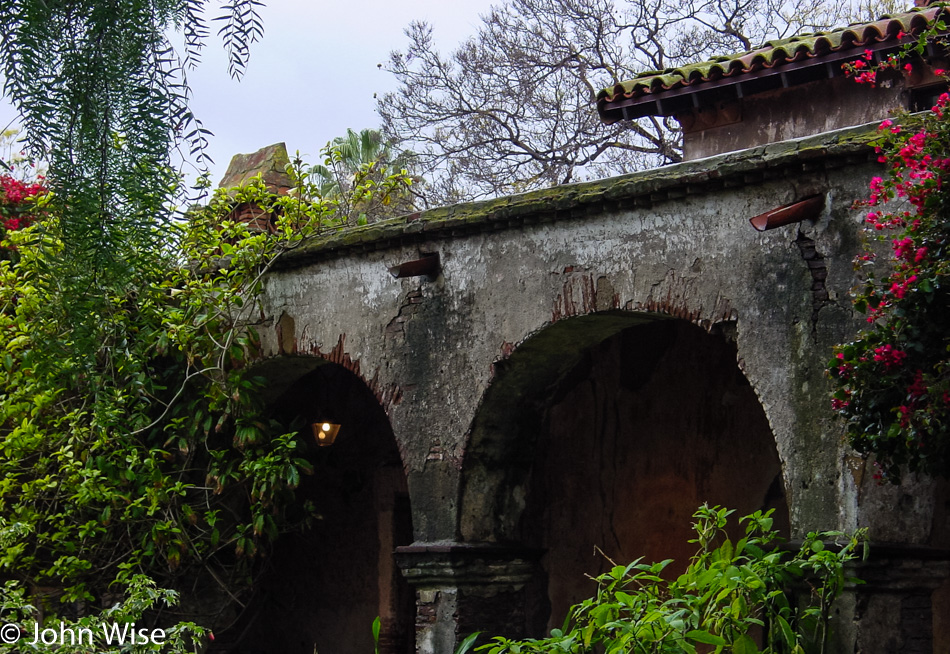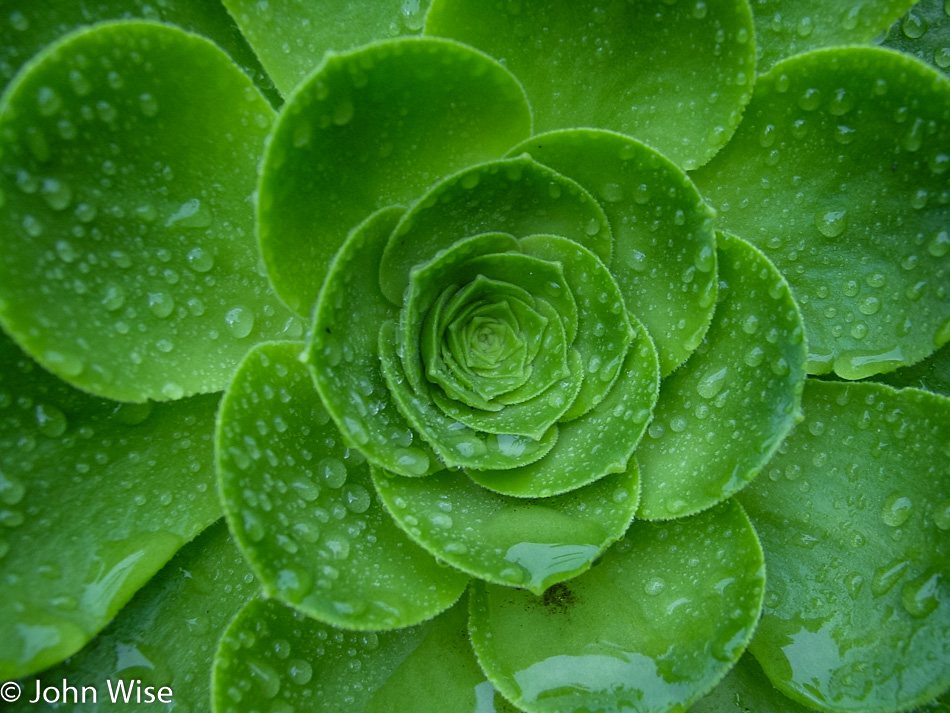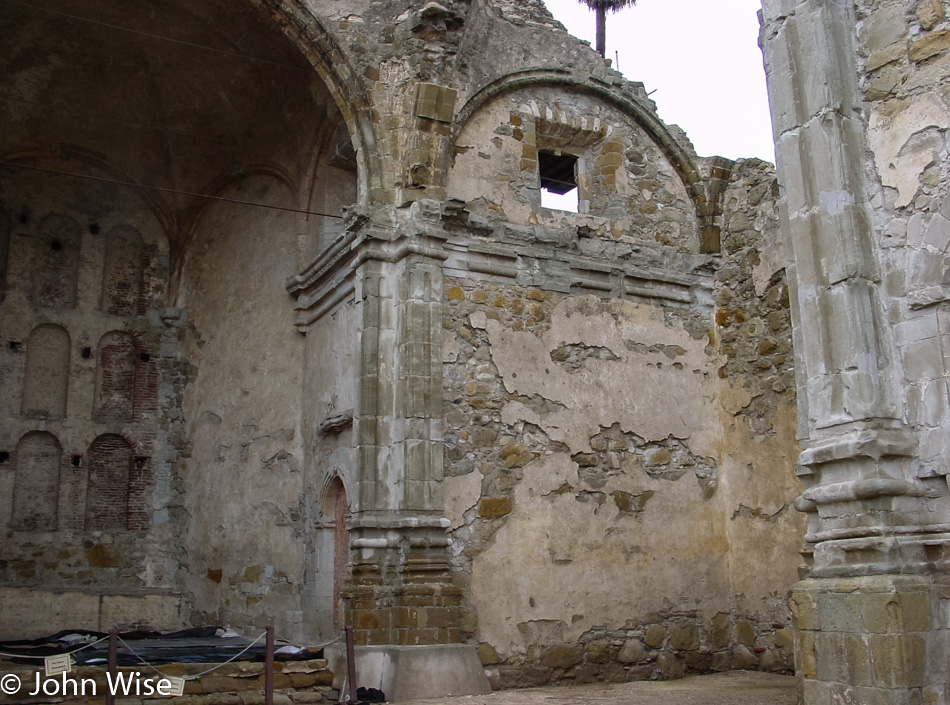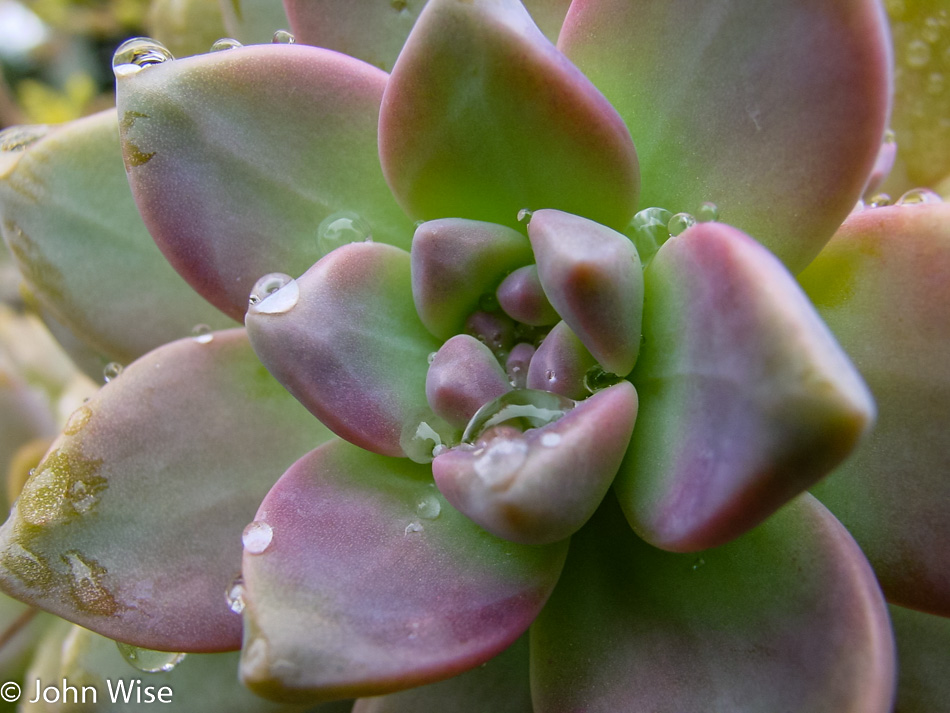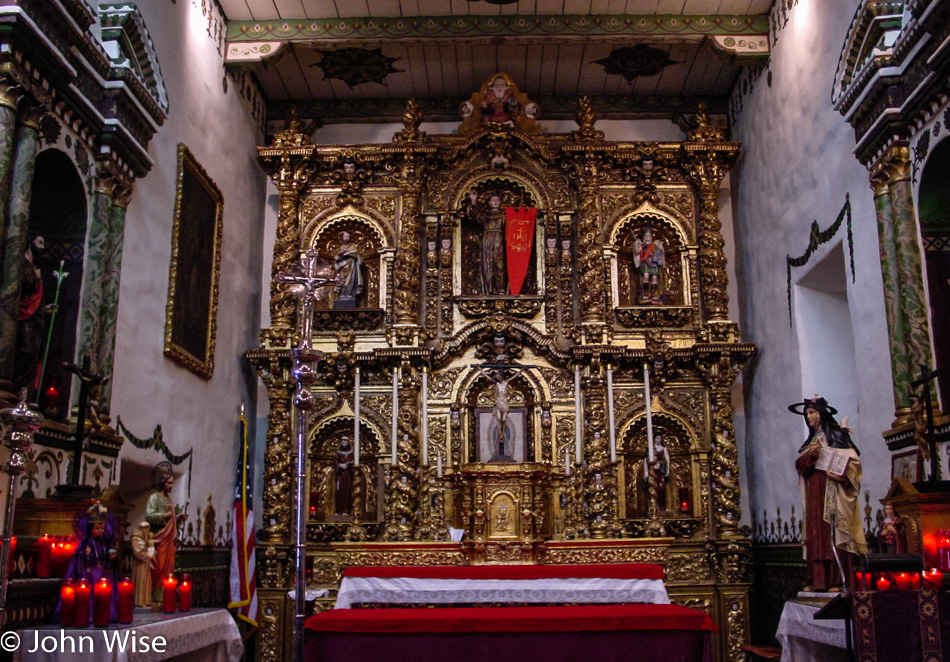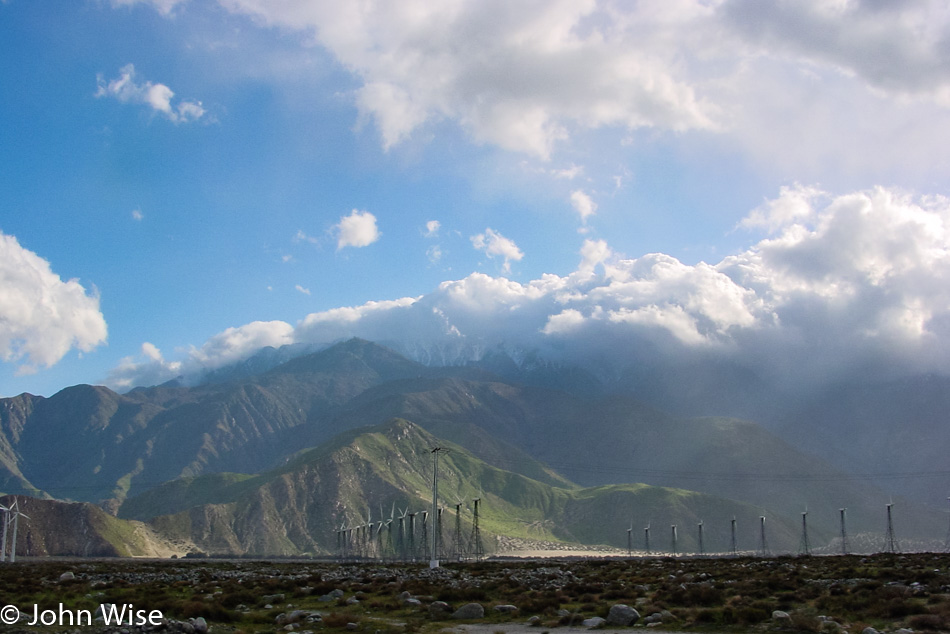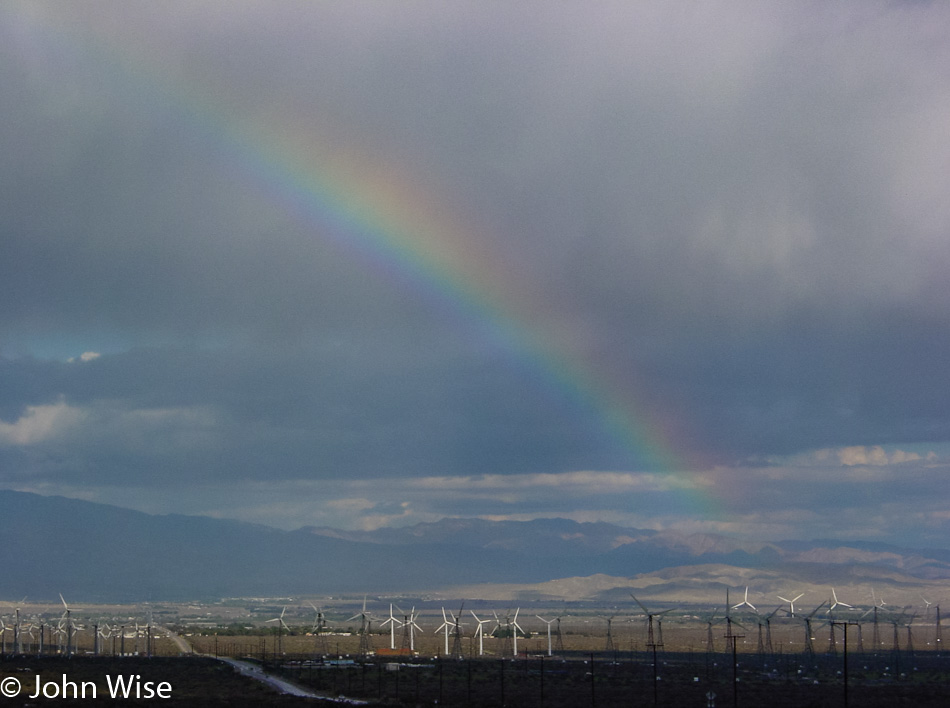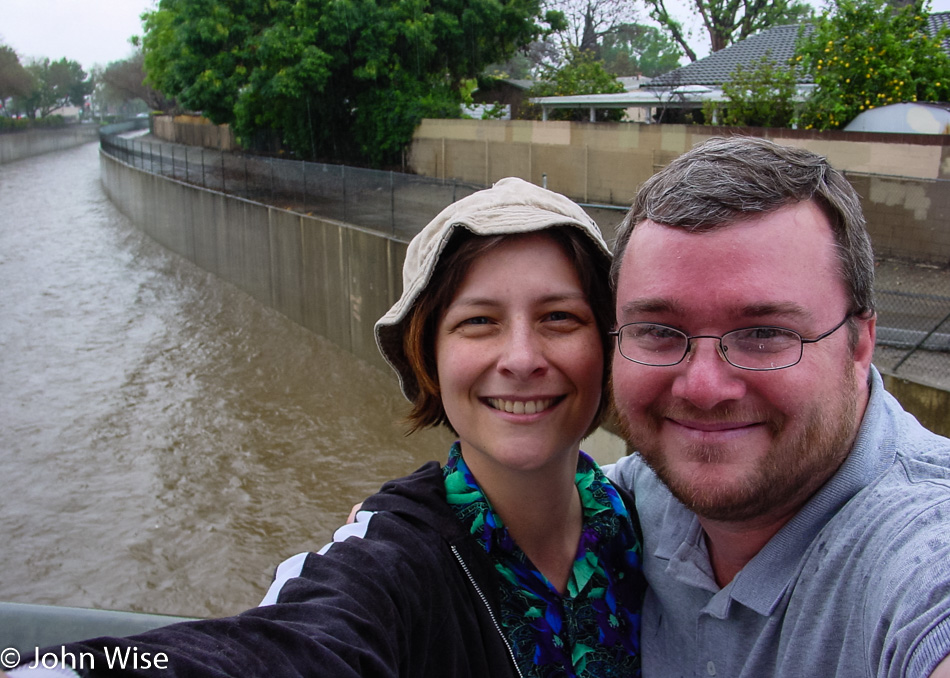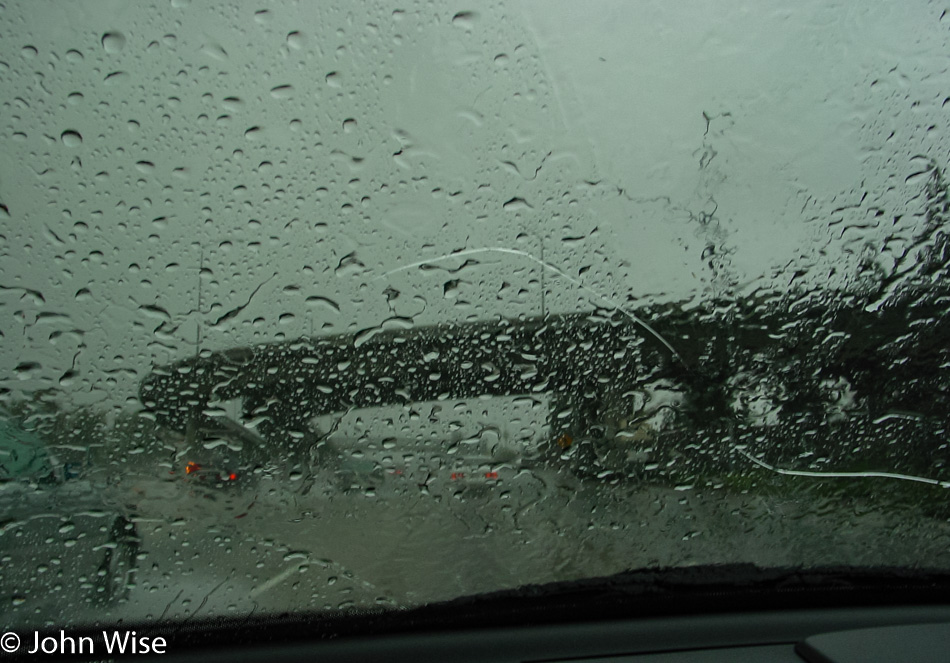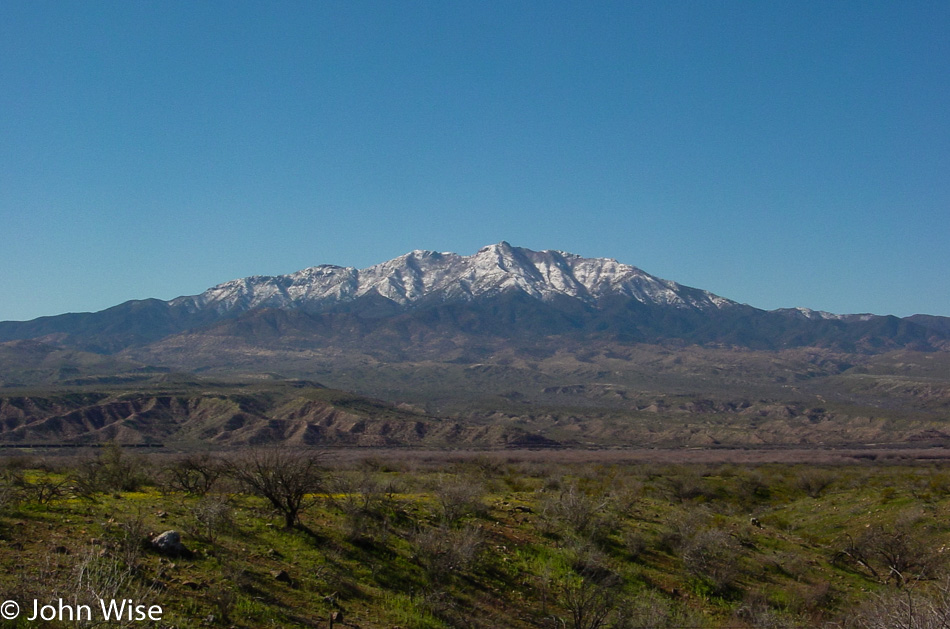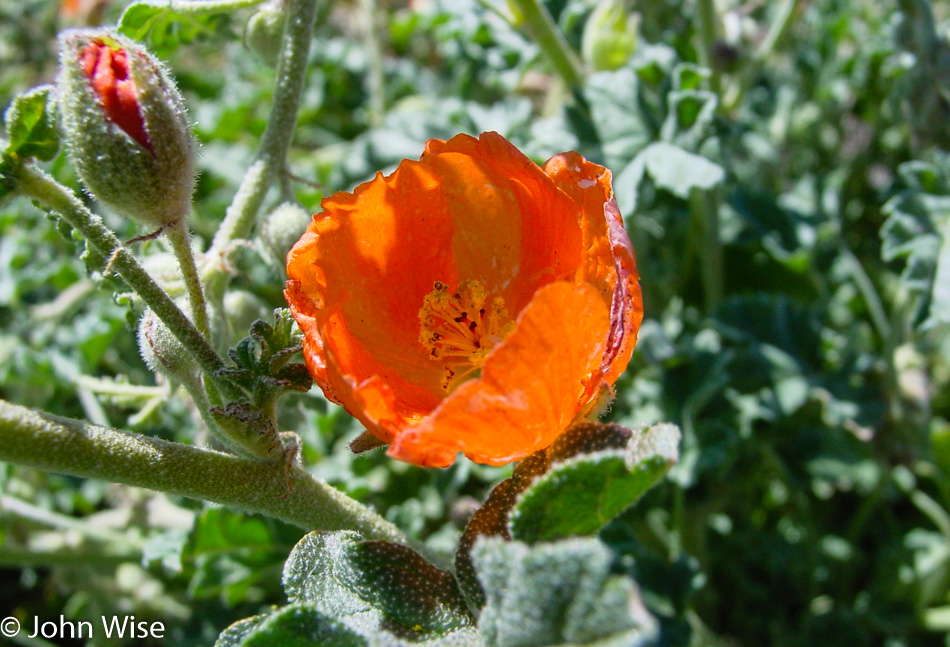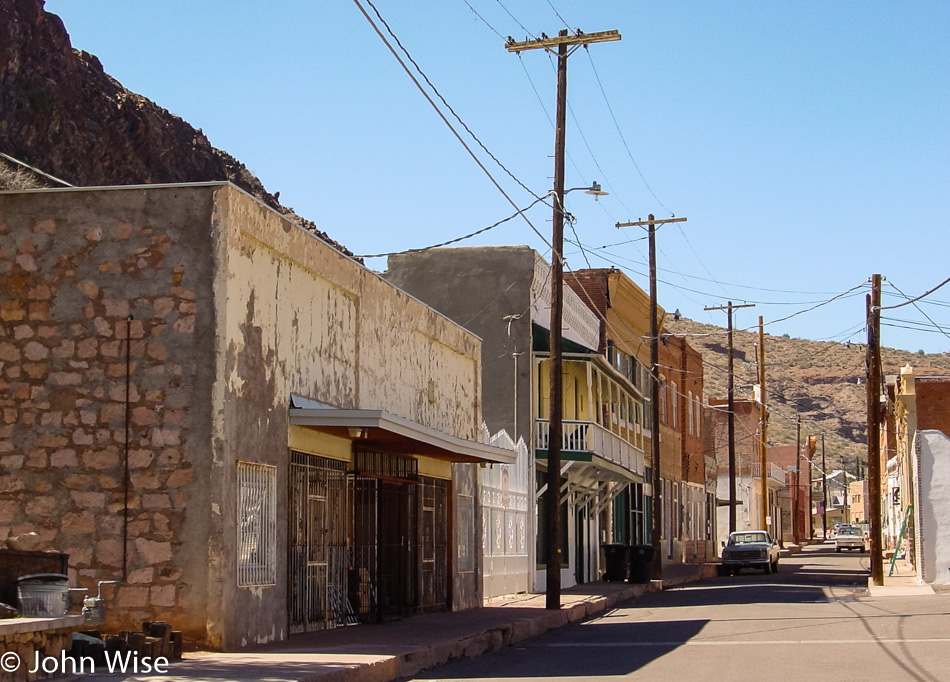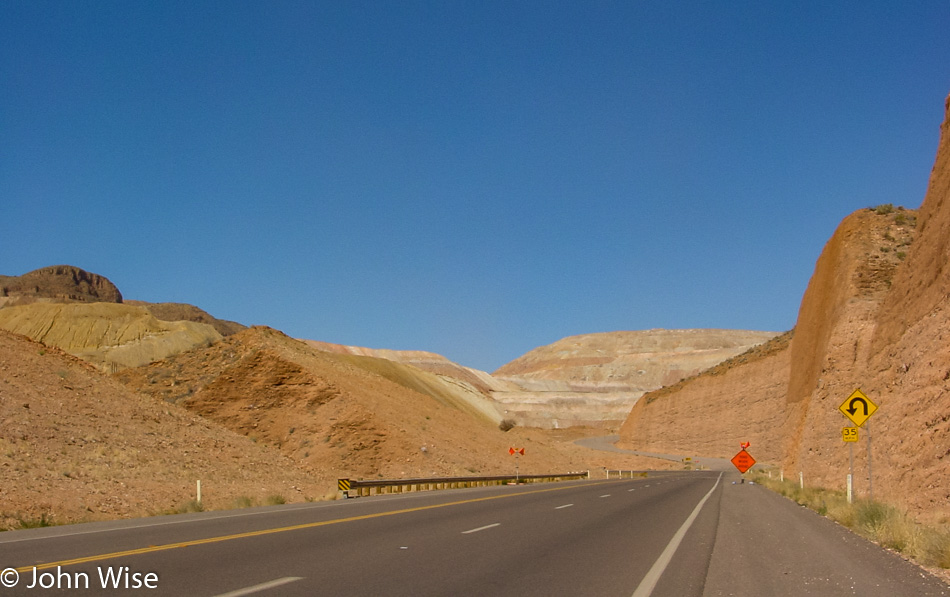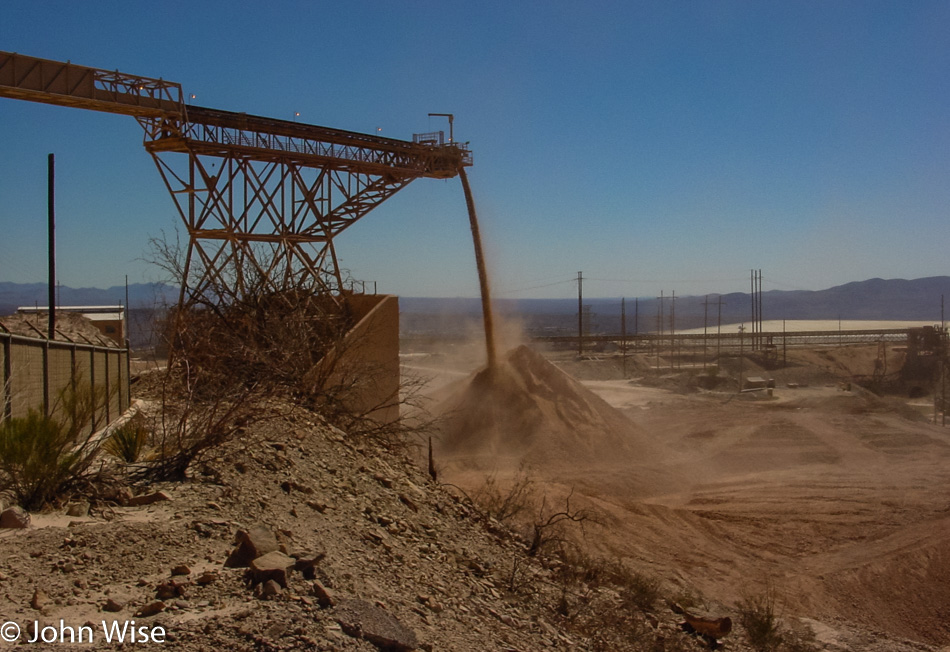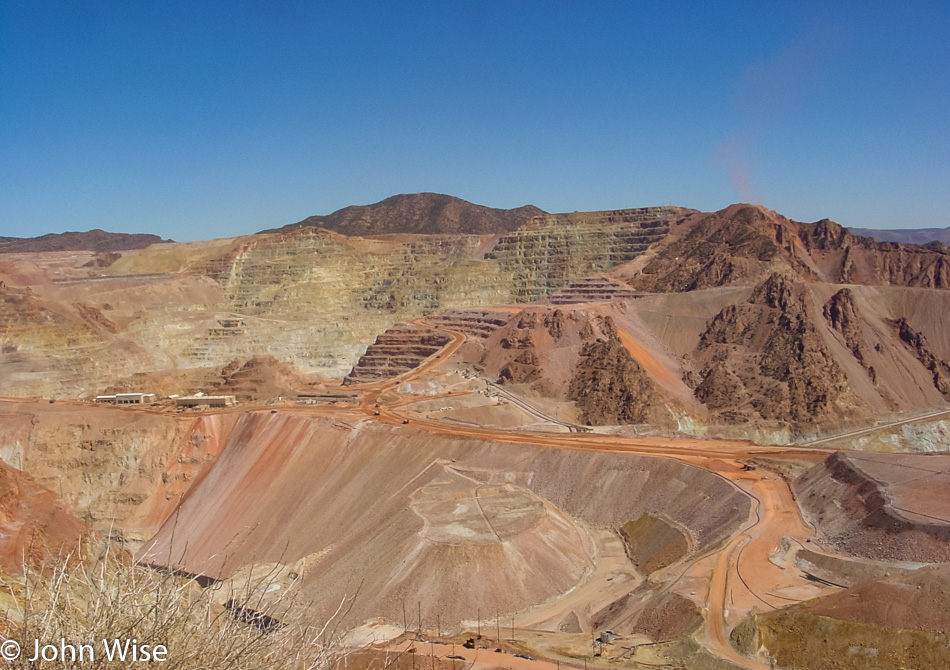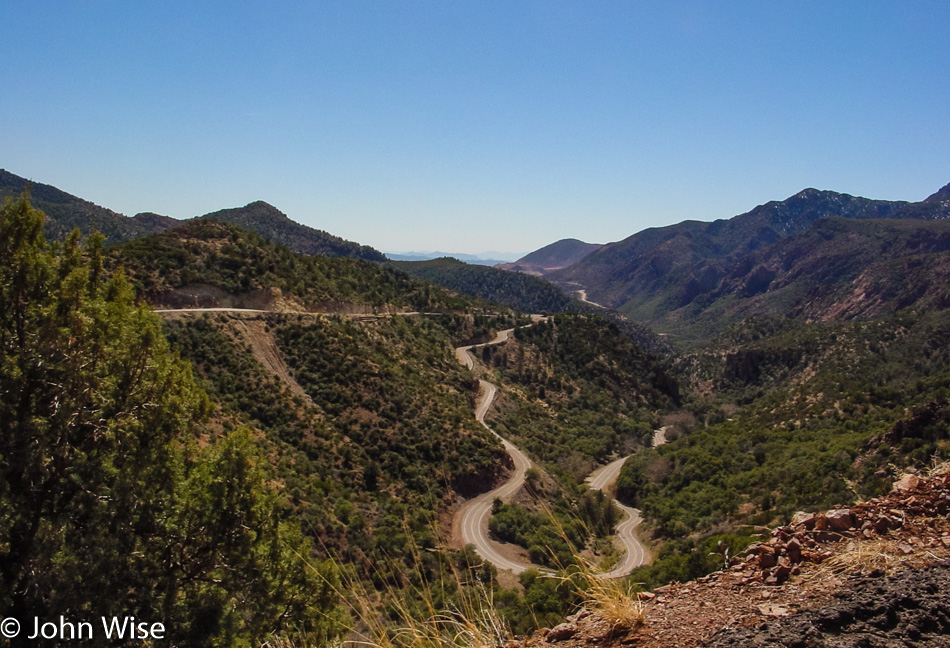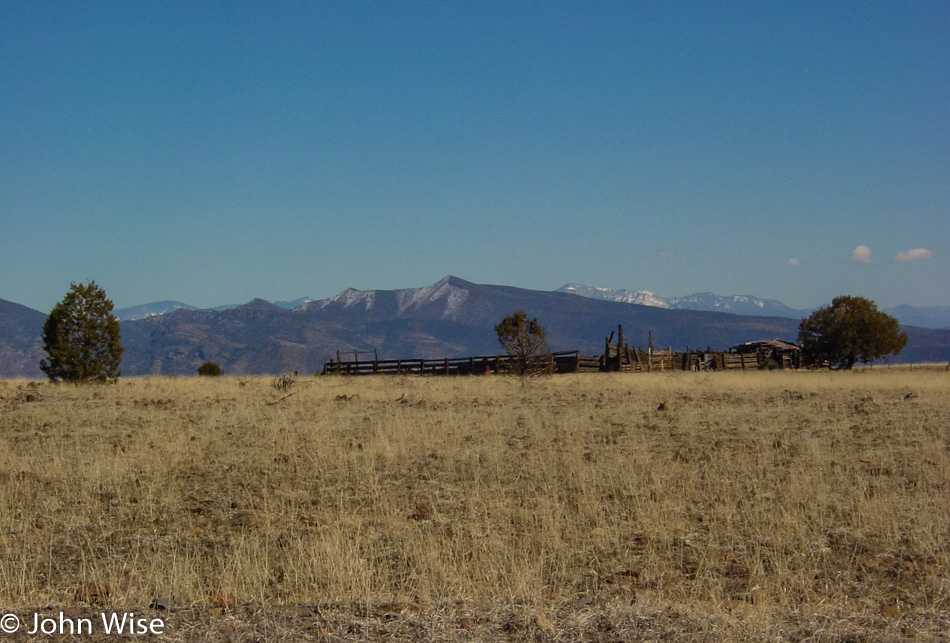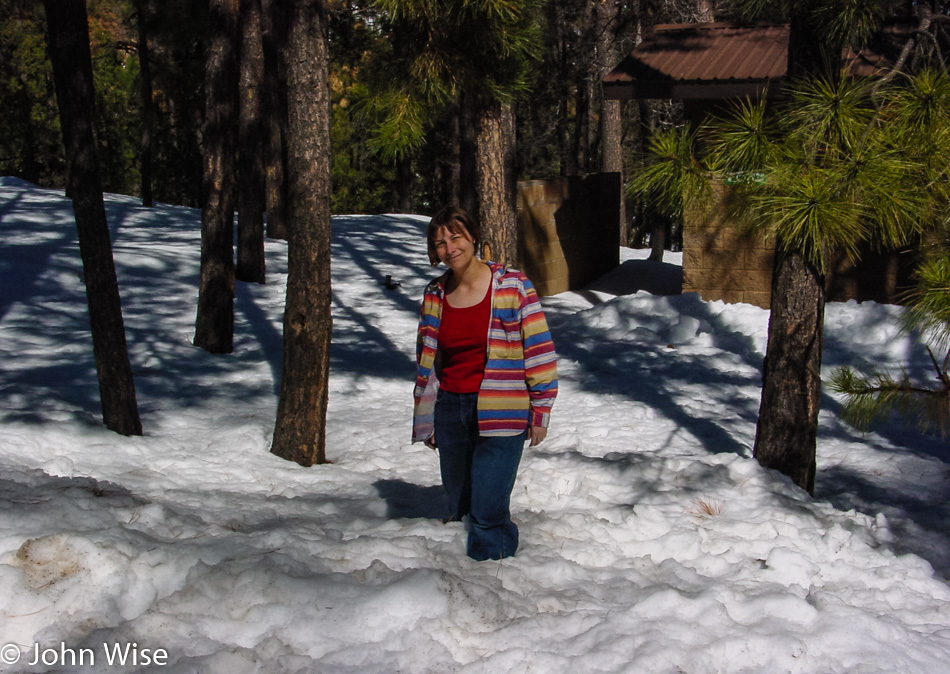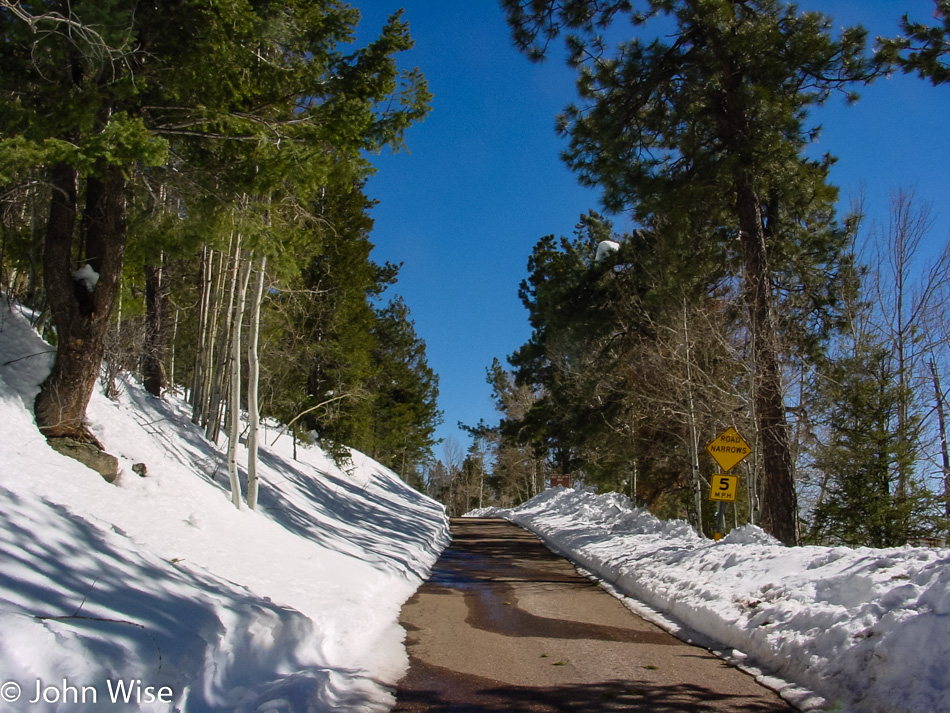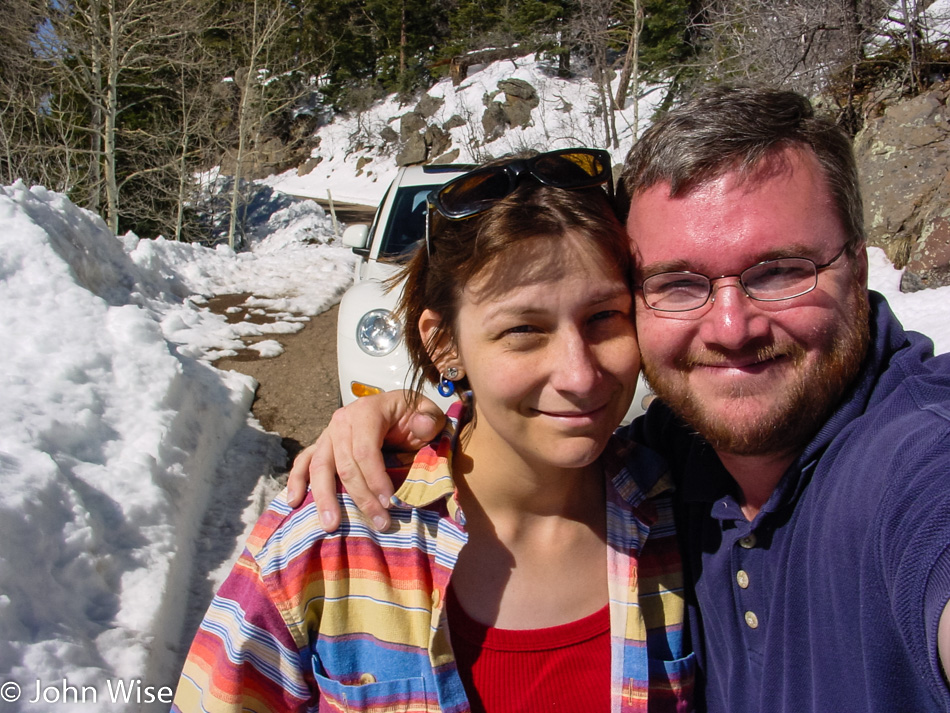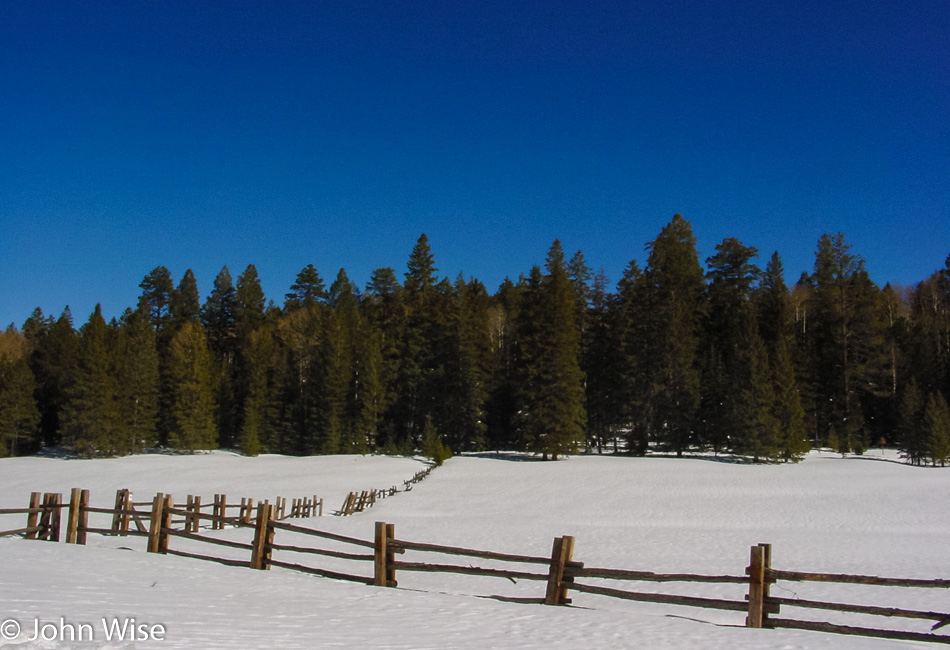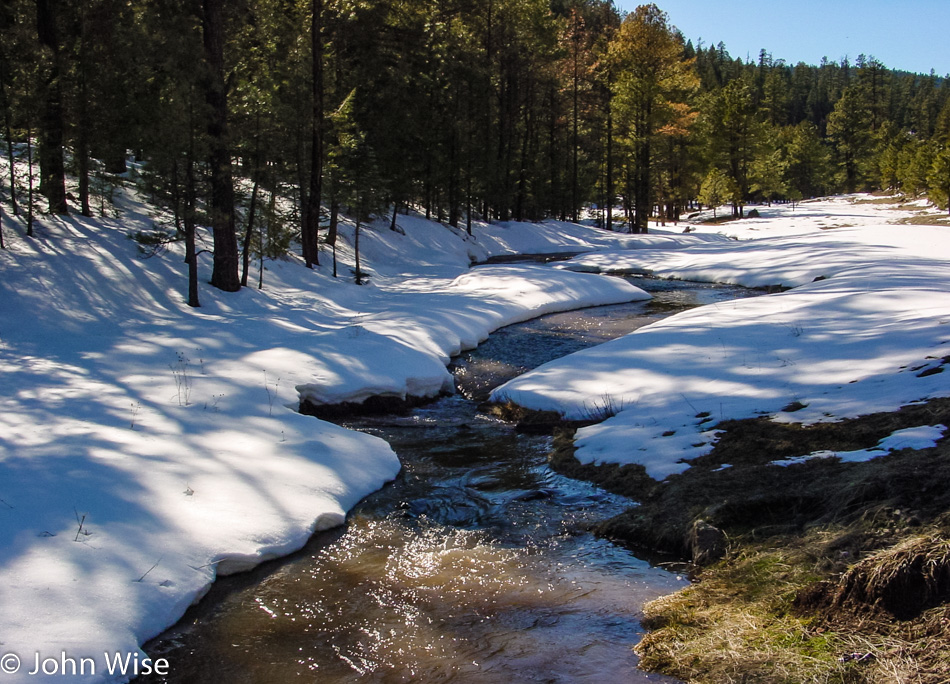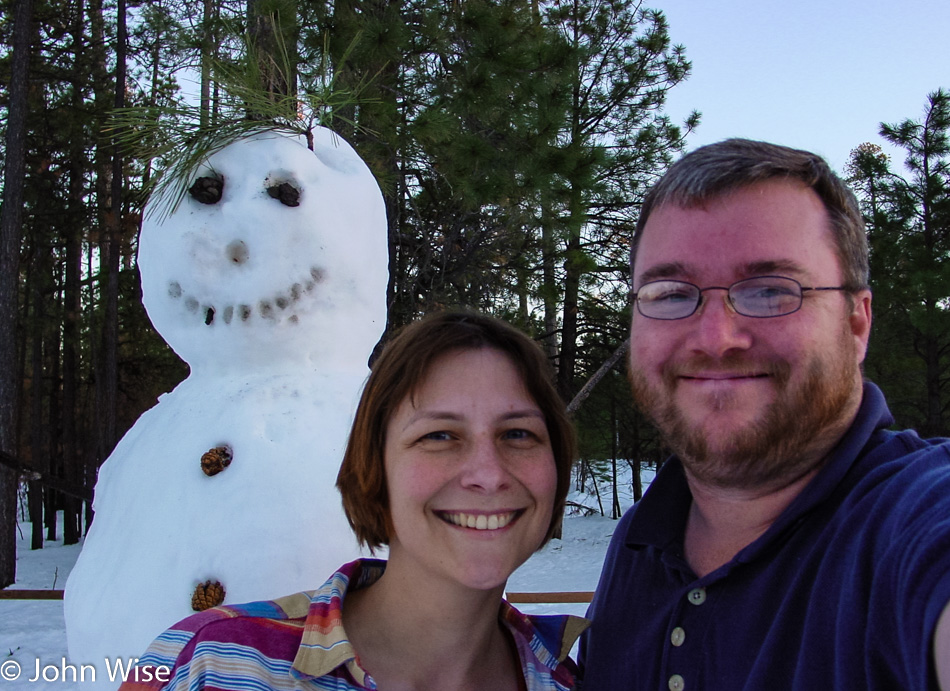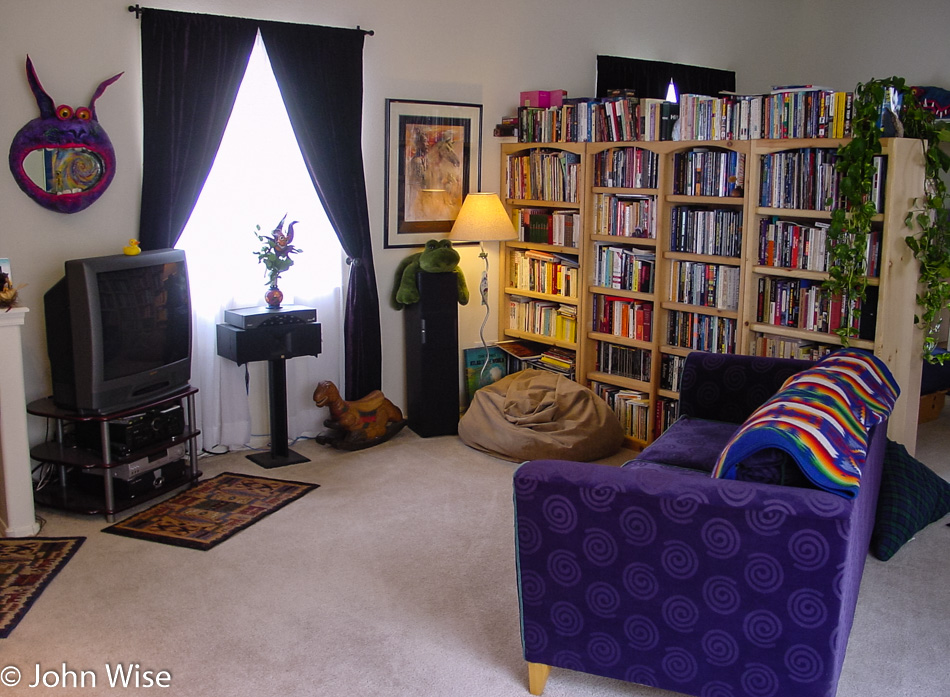
There’s an intimacy here with our belongings that weren’t being had in the condo. Most of what we owned was in places we weren’t living in and, hence, didn’t really see. What I mean is that we spent the majority of our time in our office in front of our computers or our bedroom sleeping when we were at home and so we’d walk right by our stuff.
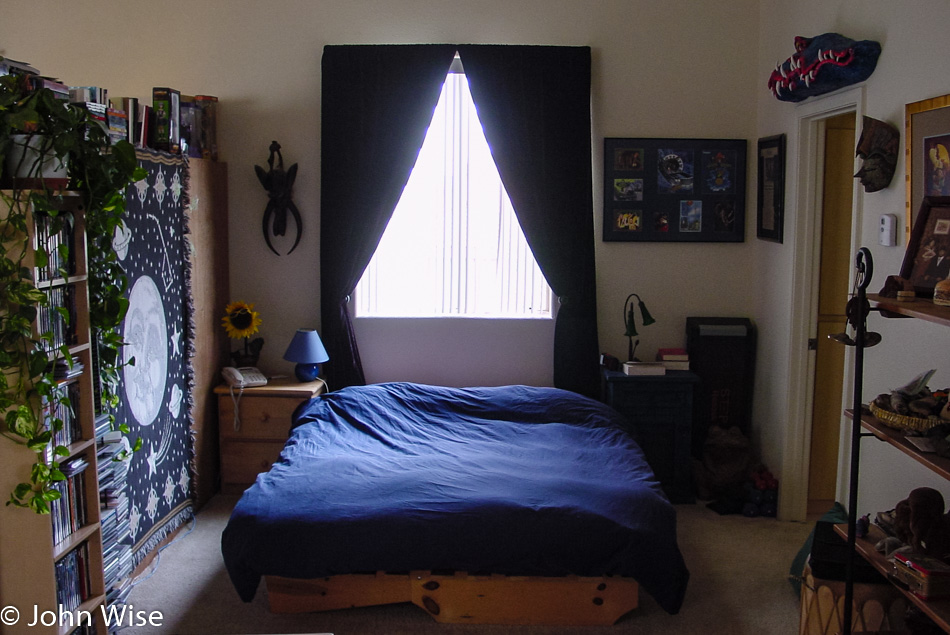
Here in the loft, we can see almost everything we own from wherever we are. The first photo shows the bookshelf in the background that bisects the room, so our bed, seen above, is in a separate space to a degree. Our bed is a queen-sized futon and suits us fine as we abhor king beds due to the vast distance between us.

Little things like coming home and immediately seeing the pots we bought at the Ute Mountain Pottery shop outside of Cortez, Colorado, make us smile. As for the frog in the background, that plushy had to be put up high in a place where our cat Andy couldn’t jump as he had a thing for it that, while funny at first, got old fast.

While some may find it tragic, this is the hub of where our lives at home revolve. We are addicted to computers, not just the internet but the multitude of things we can do with them around art, coding, organization, and learning. I sit on the right and Caroline on my left. In front of me is our bedroom, seen two photos above, and in front of Caroline, our living room while on her left is our dining room. In a few hours, Jutta will arrive from Frankfurt, Germany, to spend about a month with us. We are about to learn just how livable our space is.
